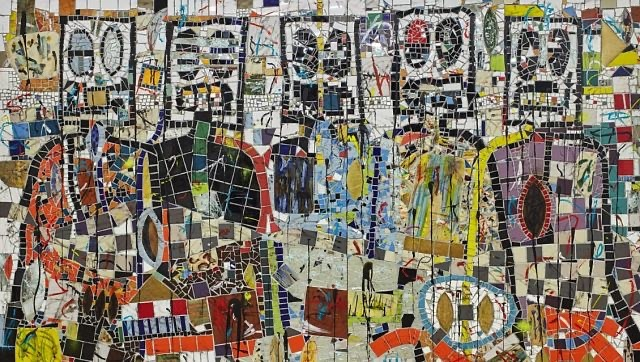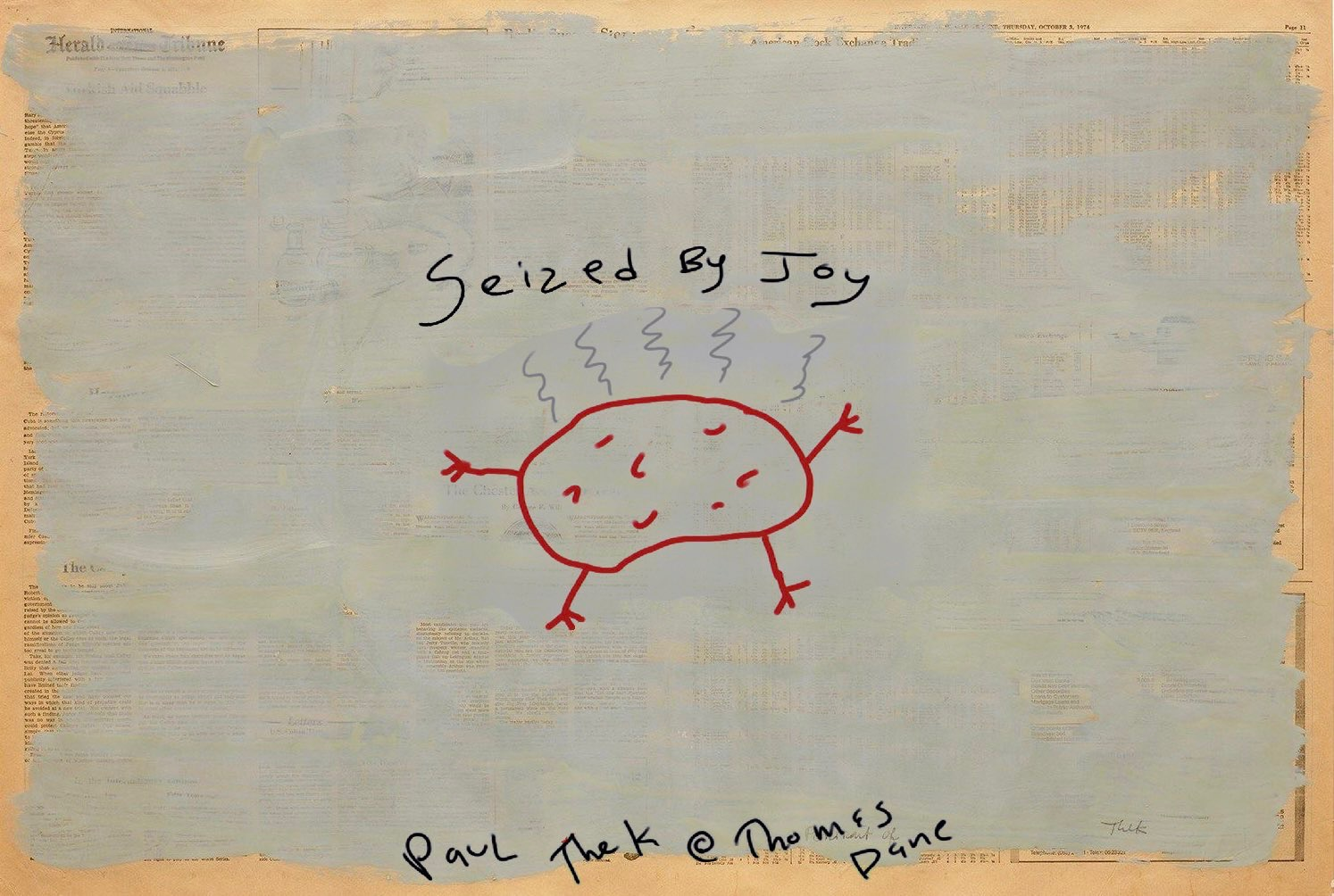Major museums dominated the artistic landscape with transformative exhibitions that redefined artistic legacies. Rashid Johnson's "A Poem for Deep Thinkers" at the Guggenheim represented his largest exhibition to date, encompassing the entire rotunda with nearly 90 works spanning three decades. The show's centrepiece, a site-specific

installation titled "Sanguine" featuring live plants, books by Black writers, and an upright piano for performances, demonstrated how institutions are embracing interdisciplinary approaches.

Amy Sherald's "American Sublime" at the Whitney Museum continued its powerful run, presenting over 50 paintings including her iconic portraits of Michelle Obama and Breonna Taylor. This traveling exhibition from SFMOMA established Sherald as one of America's most important contemporary portrait painters, with institutional validation rarely seen for artists at her career stage.

The period's most historically significant moment occurred at Thomas Dane Gallery in London, which opened "Paul Thek: Seized by Joy. Paintings 1965–1988" on May 29. Co-curated by Kenny Schachter and Jonathan Anderson.

This exhibition marked the first UK presentation of Thek's work in over a decade and the first focused specifically on his painting practice.

The timing proved prescient, as Thek's exploration of mortality and spirituality through ephemeral materials like watercolor on newsprint resonated with contemporary concerns about impermanence and authenticity.
As institutions continue to spotlight artists who challenge, reimagine, and expand the cultural canon, it's clear that the conversation around legacy and innovation is far from confined to museum walls. Whether you're an artist seeking visibility, a collector looking to discover the next transformative voice, or simply a viewer ready to engage more deeply, platforms like LettsArt.com are opening up new spaces for artistic connection and curation. Join the movement—start collecting, exhibiting, or exploring today.